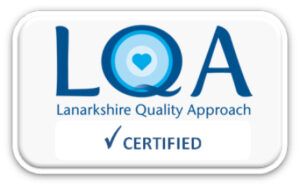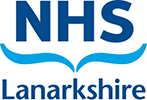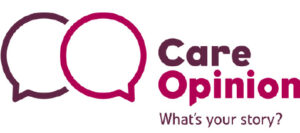Weaning Developmental Advice for Premature Babies
Information for patients
NHS Lanarkshire Neonatal Department
PIL.PRM2WN.05650.L
When and how to start weaning your premature baby.
Weaning is about introducing solid foods alongside your baby’s normal breast or formula feeds.
When to start weaning?
The Department of Health recommend that term babies are weaned around 6 months of age. This is when breast milk or formula milk alone will no longer be enough for your baby to meet their nutritional needs.
A preterm infant is an infant born before 37 weeks gestation. Well, preterm infants born closer to term (34-37 weeks) may be ready to start weaning at 6 months of age as advised for infants born at term.
Infants born very prematurely (23-28 weeks) are high risk infants and support is given by the neonatal and community team.
For premature infants it is important to look for the infants readiness to wean cues. Signs they are ready for solids may include
Your baby will begin to show signs that they are ready for solids. These may include:
- Showing an interest in other people eating
- The infant supporting themselves in a seated position (premature babies may need extra support).
- Lean forward and open their mouth towards a food or a spoon
- Put things in their mouth and make munching movements
- Holding their head in a stable position
It is important to start weaning before 6 months corrected age (corrected age is actual age minus how many weeks premature) so as not to miss the window of opportunity and babies may be less willing to accept food. Aim to commence weaning around 6-8 months actual age based on signs of readiness to wean.
Which foods first?
Progression through food textures may be a slower process when preterm infants are weaning. Preterm infants can be more sensitive to change and may benefit from starting with purees and making a more gradual progression through a range of textures.
How much should I give?
If infants are looking for more milk or waking at night this is not a necessarily a sign of readiness to wean and they may be having a growth spurt. Infants do not need to reach a certain weight or have teeth before weaning commences. You can thin down puree with breast milk or formula milk if necessary.
What time of day is best?
We recommend that you give purees at the end of a milk feed when your baby is not frantically hungry. We also suggest doing this in the middle of the day so a new food does not interfere with sleep routine in the evening.
Where do I feed my baby?
It is best to sit your baby in a car seat, as pictured, or in a static bouncy chair. It is important to ensure they are well supported with their head in the middle. If you are unsure of position please ask for advice from the physiotherapist or occupational therapist.
As your baby’s development progresses the type and quantity of food can be gradually increased and you can follow the guidelines given for infants born at full term.
Your health visitor will be able to advise you on the next steps. If you feel you need more detailed information, or are experiencing ongoing problems please discuss with the dietician or speech and language therapist.
For reference:
www.bliss.org.uk/parents/about-your-baby/feeding/weaning-your-premature-baby
Healthy baby weaning videos for further explanation on weaning your baby at 6 months and informative weaning recipe video:
www.nhslanarkshire.scot.nhs.uk/services/infant-nutrition/weaning/

Pub. date: September 2021
Review date: September 2023
Issue No: 05a
Reference: PIL.PRM2WN.05650.L
21_11067
If you need this information in another language or format, please e-mail:





